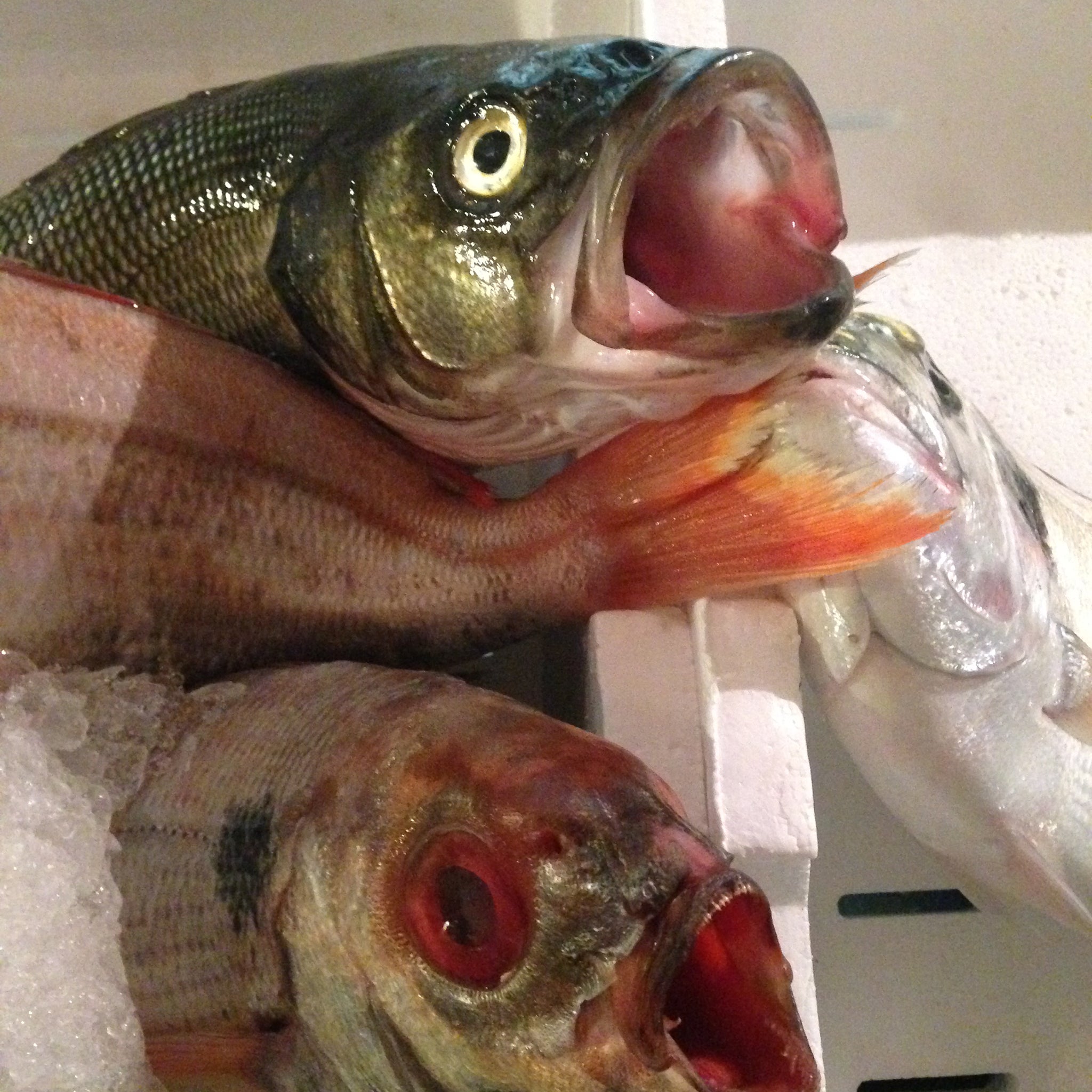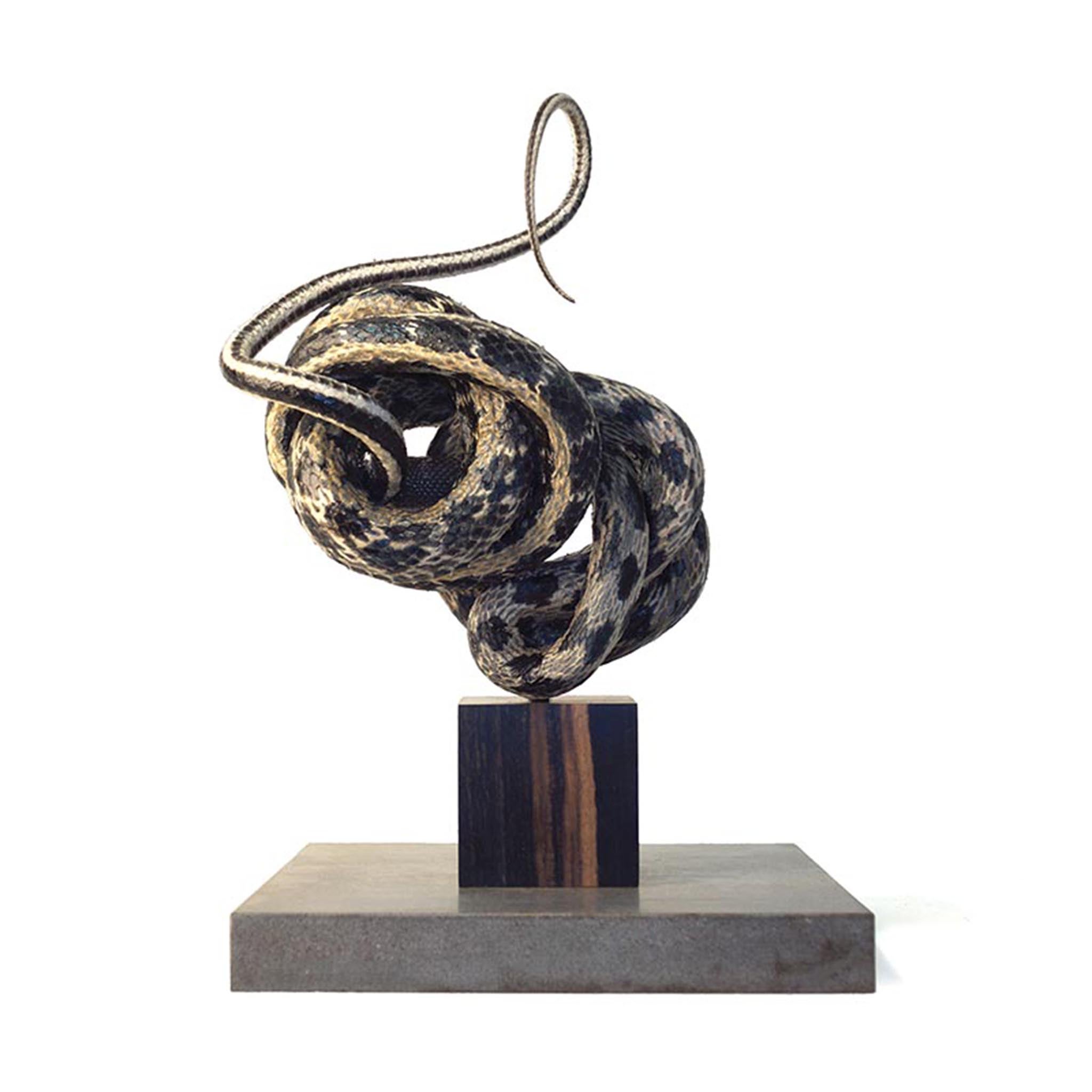Instagram art: How artists are cashing in on social media
An exhibition in New York of Instagram posts has focused attention on the place of the social network in making – and selling – art

American artist Richard Prince’s Instagram page shows lots of girls.
The images aren’t all his; he took them from other Instagram accounts and re-posted them on his own: nightcallgirl sticks out her tongue like Miley Cyrus, charliexbarker shows a dark-haired girl with black fingernails cup her blonde friend’s breast. His page appears to be that of a sexually frustrated older man, the kind of desperate dad who flirts with his daughter’s teenage friends.
In his current exhibition at Gagosian gallery in New York, his Instagram account became art. He found images on Instagram, made a comment, then screen-grabbed the images and sent them to his studio where they printed them out in large format. They sold for around £25,000 each. Images from katemossofficial appear, and 1jessicahart – the Australian model posted an image of herself beneath a picture of Bridget Bardot. She goads Prince “Please do@RichardPrince4 !!” to steal it. Sure enough he comments on her picture: “JH & BB Bulls Eye” with emoticons of the peace sign, and a dartboard. His comments are abbreviated, oblique, witty, weird – Instagram language. Beneath a young Kate Moss, he writes: “Crazy flea in die tray so trust me if bull fly up Chee sez. Sez Me!” Whatever it’s about, he has fun with it, and engages with the world in a way that artists often don’t.
“I think Instagram is appealing for an artist but a certain kind of artist,” says American artist Tony Oursler who plans to incorporate Instagram in his upcoming exhibition at London’s Lisson Gallery. As an early artist to use digital technology, he joined Instagram a year ago, and steadily posts images. Like scenes from a horror film, there are a number of eye close-ups, some bloodshot with red irises. His is an Instagram of gargoyles and ghouls – and a selfie with film director David Lynch. He, rather sweetly, follows everyone who follows him.
“I have hundreds of thousands of photos, they operate as a diary for me, says Oursler. “Some are family, some are research, some could be actual artworks themselves. I thought Instagram would be a nice way to put them together, intuitively.
“I liked the idea that you could zap something directly onto the web, and the radicality of it really is the immediacy. There’s a connective quality to it, and an instant visual. It’s strangely like a private newspaper for people. Here’s what Richard Prince thinks is interesting for people to look at today. I can check it out, like a little window into people. I look at mine and think, ‘oh yeah that’s dark’, but I don’t really consider myself as dark as my Instagram is. Maybe it’s an explosion of a darkness that happens in my art, and hopefully there’s a good dose of humour in there as well.
“There’s something very honest about Instagram, it’s very transparent. It tells you so much about a person’s personality.”

Artist Polly Morgan posts images of her taxidermy sculptures as she makes them. It’s intriguing to see the process. It’s a direct interaction with an artist that feels more intimate, and alive, than a gallery exhibition.
“By posting things it’s easier for people to see what’s going on behind the scenes, but my one concern is that this demystifies my work, which might blunt its impact,” she says. But Instagram has been beneficial – she made sales from it, even though this wasn’t her intention.
Conceptual artist Ryan Gander also uses Instagram, and regularly posts to a few thousand followers. Often art-related, although not of just his own work, he also posts funny pictures of shoes or food. They reveal how sharp his eye for an image is. Despite his enthusiastic use of it, he’s skeptical. Nor does he think it’s the best place for his own work to appear.
“My work isn’t represented very well in a single image, most things that work well in a single image aren’t very good artworks. They might be popular but it doesn’t make them good artworks. Successful single images are cliched and that’s why people like them.
“We’re in an era where everyone thinks they’re an expert in visual language and actually they’re not. For people who invest our life into the exploration of visual language it’s like listening to a three-year-old go ‘gagagaga’.

“I’m violently, brutally against this ridiculous, nauseating, zombie-aesthetic, rich-kid post-internet-irony screensaver bad art that’s around at the moment: it’s people who are in privileged positions deciding that they want to be artists rather than deciding that they want to make art. Instagram is totally embroiled with that culture and I can’t wait until it’s over.” He’s not a fan of Prince’s Instagram art, and laughs about a comment he saw on Prince’s page: “old guys doing Instagram art is very, very embarrassing”.
The question of popularity is central to Instagram, which is ruled by likes and followers. Prince has more than 100,000 followers, which is a lot for an artist, though nothing compared to celebrities and fashion. Popular doesn’t mean interesting or clever but it might mean saleable.
“They have algorithms which trawl social media for what will be the next hot thing,” says Gander. “It seems ludicrous to me that someone would select the works they choose for a private collection on the advice of someone who knows nothing about art but has an algorithm... It’s disgusting, it’s ethically revolting.”
Popular isn’t always as it appears because it’s easy to buy followers on Instagram, a phenomenon which Dutch artist Constant Dullaart has made an artwork about. For his project High Retention, Slow Delivery (a reference to adverts about followers on social media), he bought 2.5 million followers for just over £3,000 and shared them out among 30 accounts, which ultimately gave everyone 100,000 followers each. “Followers represent social capital, which has an influence on monetary capital. Artists post and sell work through Instagram, and they get picked up by galleries because of it. When the art world is active on Instagram it does mean something,” he says. So why don’t these artists turn their back on the site, and sign out?
Ryan Gander laughs at the thought. “It’s quite addictive, the contradiction is impossible. There’s a compulsion to look but most of the things on it irritate me, that’s the problem.”
Join our commenting forum
Join thought-provoking conversations, follow other Independent readers and see their replies
Comments
Bookmark popover
Removed from bookmarks